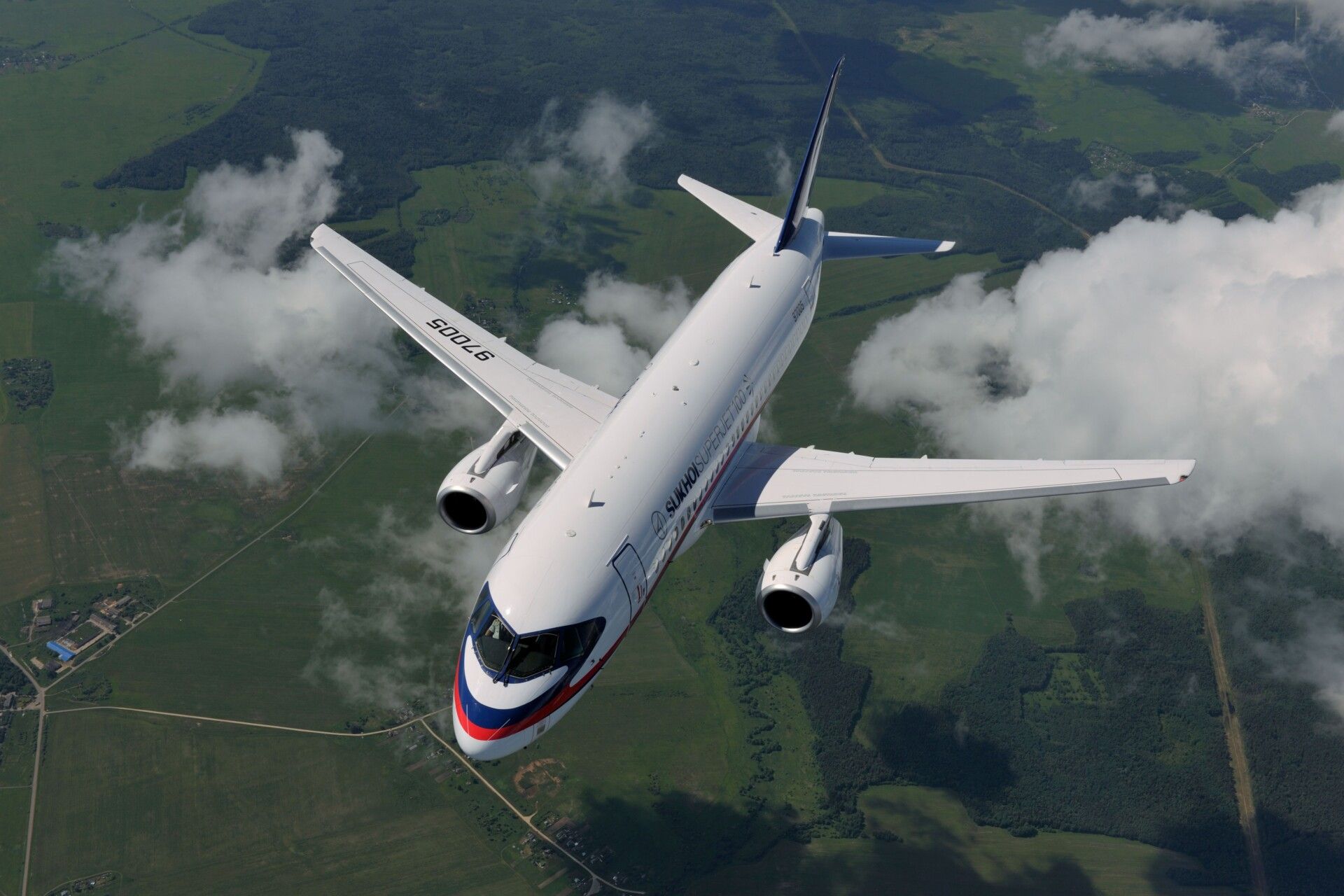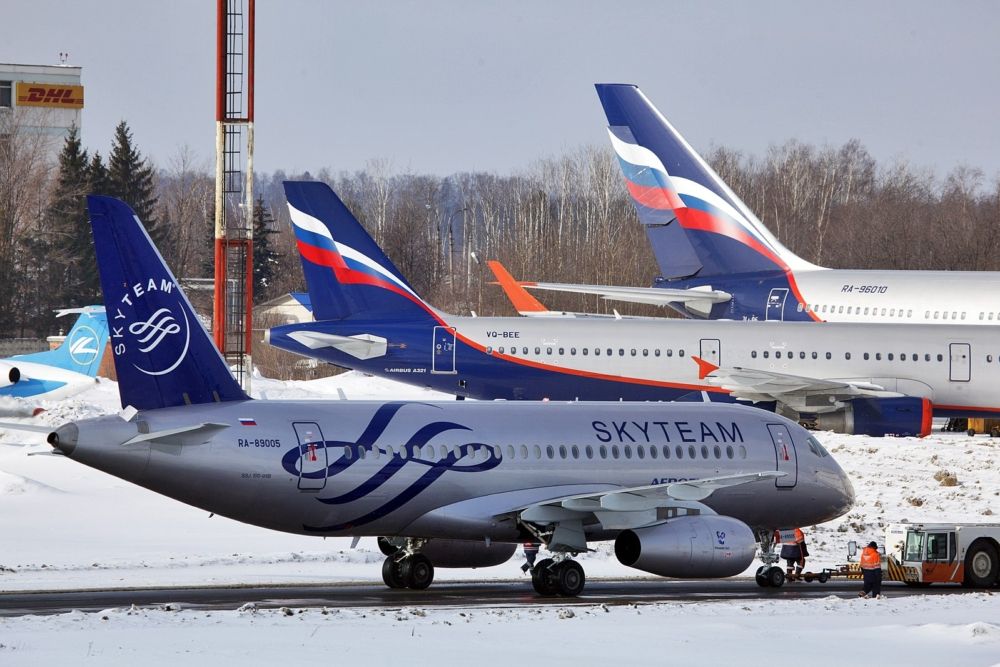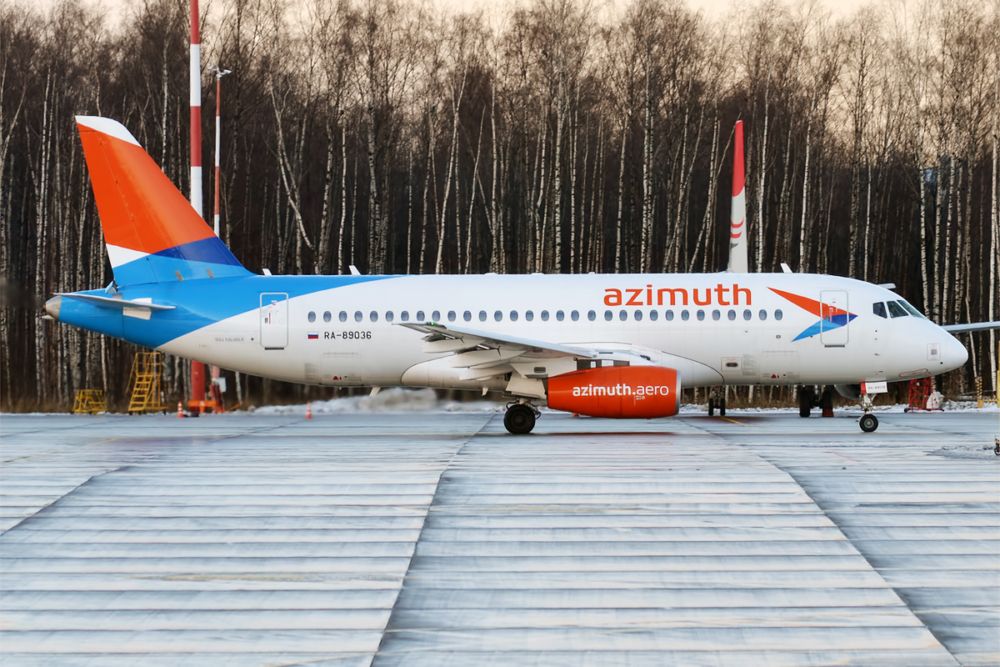Russia wants to bring a new version of the Sukhoi Superjet 100 to the market, one that will be made to 95% of domestically produced parts. Powered by the new PD-8 engine scheduled for ground testing next year, Rostec hopes it will make the aircraft more economically attractive. However, the SSJ-NEW may receive a different, more Russian-sounding name.
Russia is on a roll. It is said that necessity is the mother of invention. Nowhere is this more apparent than when it comes to Russia's resurging domestic civil aircraft manufacturing. When its narrowbody project, the MC-21, was slowed down mainly due to sanctions imposed on the country by the US, the United Aircraft Corporation and Rostec went looking for a domestic supply of both components and engines.
Stay informed: Sign up for our daily and weekly aviation news digests.
PD-8 engines
The Irkut MC-21-300 will come with two engine options, one of which will be the Russian-built Aviadvigatel PD-14. Meanwhile, a new version of the Sukhoi Superjet SSJ-100 is also set to get a domestically produced upgrade. The SSJ-NEW will come with PD-8 engines, rather than the Powerjet SaM146, which is the result of a joint project with French engine maker Safran and powers the version in production since 2007.
Not only that, but the whole aircraft will be made to 95% of components made in Russia. Apart from reducing reliance on foreign suppliers, the idea is to make the aircraft cheaper and thus more attractive for regional operators. Type certification for the new version is reportedly planned for 2023, with the first deliveries to airlines taking place in 2024.
Aurora to enter the Superjet club
The Sukhoi Superjet has thus far sold a little under 300 units. The type's main operators are Rossiya Russian Airlines, Russian flag carrier Aeroflot, Azimuth Airlines, Red Wings, and Yamal Airlines. One of the main reasons for the low order numbers has been attributed to the incredibly high maintenance costs of the jet.
However, things are already looking up. During this year's MAKS Air Show, Rostec revealed it had sold 58 Superjets to four different domestic airlines. This included more for Rossiya, Red Wings, and Azimuth, but also a first for far east regional airline Aurora recently ejected from the umbrella of the Aeroflot Group.
Rebranding to better represent origin
Meanwhile, we may currently refer to it as the Superjet, but there are tentative plans to change that. In an interview from earlier this year, Sergey Chemezov, head of Rostec, which oversees all aircraft manufacturing in Russia, said that he found it strange that a Russian-made aircraft should have an English name and abbreviations.
If you are wondering about the MC-21, then that is not a Latin alphabet C, but a Cyrillic S. The abbreviation stands for Магистральный Самолет 21 века, translating to something like Mainline Aircraft of the 21st century.
Local manufacturers have also begun making interiors for the aircraft, which will replace those previously shipped in from the UK and the US. AINOnline quoted Mr Chemezov as saying that,
“Although the interiors may not look like as something very important or difficult-to-make-locally, the fact is that we have been purchasing them from the West. Soon, we will offer airline customers a Russian completion solution, including materials."
What do you think of Russia's plans for the SSJ-NEW? Leave a comment below and let us know.



